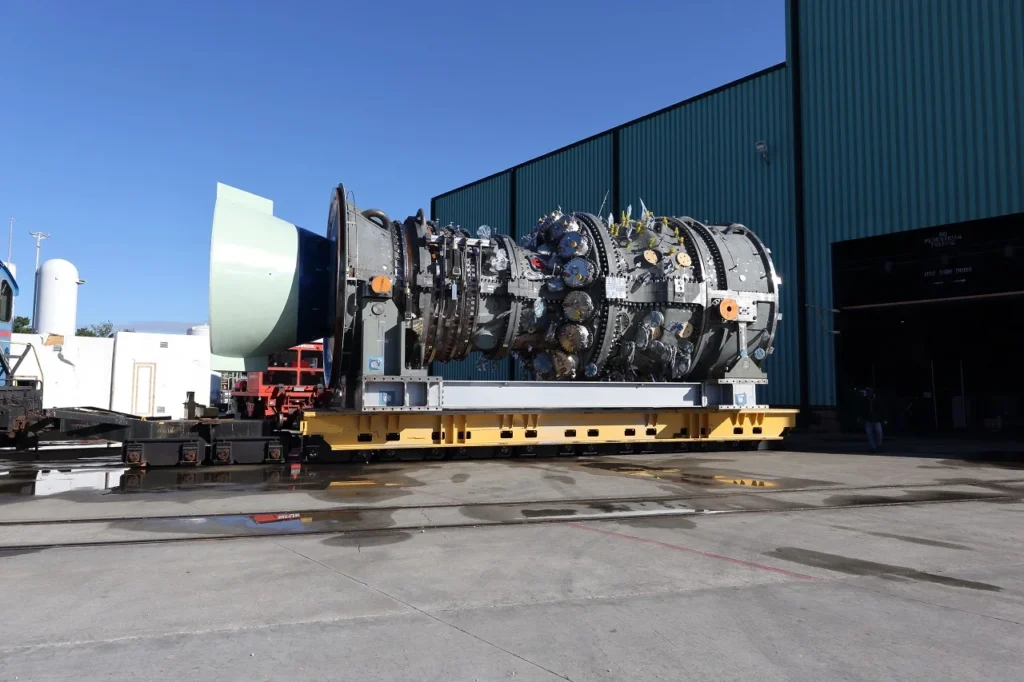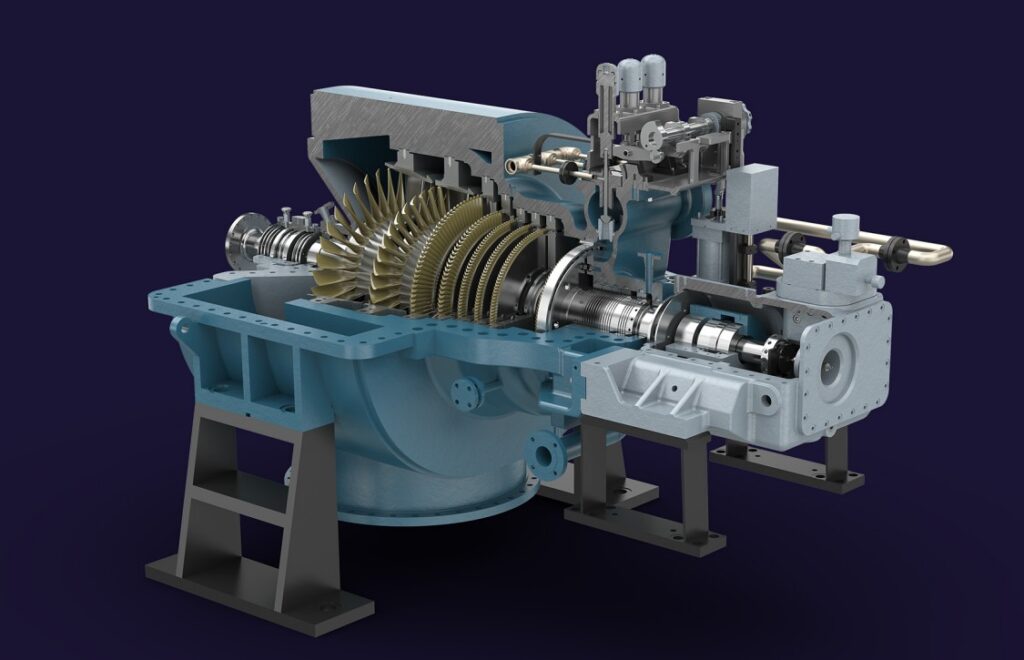OEM (ORIGINAL EQUIPMENT MANUFACTURERS) vs NON-OEM TO APPLY IN SPARE PARTS - TURBOMACHINERY



CENTRIFUGAL COMPRESSORS
GAS TURBINES
SPECIAL STEAM TURBINES
DIFFERENCES BETWEEN OEM vs NON-OEM IN SPARE PARTS - TURBOMACHINERY
The differences between Original Equipment Manufacturer (OEM) spare parts and non-OEM spare parts lie primarily in their origin, quality, compatibility, and warranty. Here’s a breakdown of the distinctions:
Origin:
- OEM Spare Parts: OEM spare parts are produced and supplied by the original manufacturer of the equipment. They are specifically designed and manufactured to meet the original specifications and standards set by the equipment manufacturer.
- Non-OEM Spare Parts: Non-OEM spare parts are produced by third-party manufacturers who are not the original equipment manufacturer. These parts are designed to be compatible with the equipment but are not produced or endorsed by the original manufacturer.
Quality and Compatibility:
- OEM Spare Parts: OEM spare parts are typically manufactured to the highest quality standards and undergo rigorous testing and quality control processes. They are designed to fit and function seamlessly within the original equipment, ensuring optimal performance and compatibility.
- Non-OEM Spare Parts: Non-OEM spare parts may vary in quality and compatibility. While some non-OEM parts can meet or even exceed OEM standards, others may be of inferior quality and may not provide the same level of performance or fitment. It is essential to source non-OEM parts from reputable manufacturers to ensure their quality and compatibility.
Warranty and Support:
- OEM Spare Parts: OEM spare parts usually come with a warranty provided by the equipment manufacturer. The warranty terms and conditions may vary but often offer coverage against defects in material or workmanship. Additionally, OEM parts often come with manufacturer support and expertise for installation, maintenance, and troubleshooting.
- Non-OEM Spare Parts: Non-OEM spare parts may or may not come with a warranty, depending on the manufacturer or supplier. The warranty terms, if available, are typically provided by the third-party manufacturer. However, non-OEM parts may not have the same level of manufacturer support or expertise as OEM parts.
Cost:
- OEM Spare Parts: OEM spare parts are generally priced at a premium compared to non-OEM parts. This is because they are manufactured by the original equipment manufacturer and often offer superior quality, reliability, and compatibility.
- Non-OEM Spare Parts: Non-OEM spare parts are usually more cost-effective than OEM parts. They may provide a more affordable alternative for equipment maintenance and repair without compromising on quality, especially when sourced from reputable manufacturers.
Availability:
- OEM Spare Parts: OEM spare parts are readily available from the equipment manufacturer or authorized dealers. The manufacturer maintains a dedicated supply chain to ensure availability and quick delivery of spare parts.
- Non-OEM Spare Parts: Non-OEM spare parts may have varying availability depending on the manufacturer or supplier. It is important to ensure a reliable supply chain and source non-OEM parts from reputable suppliers to avoid delays or compatibility issues.
When deciding between OEM and non-OEM spare parts, factors such as equipment warranty, quality requirements, compatibility, manufacturer support, and budget considerations should be taken into account. It is advisable to consult equipment manufacturers, industry experts, and trusted suppliers to make informed decisions and ensure the optimal performance and reliability of the equipment.
